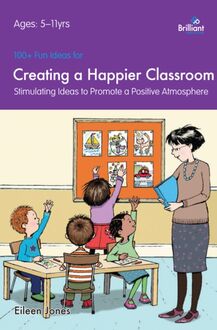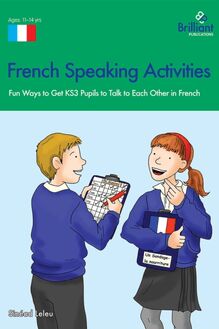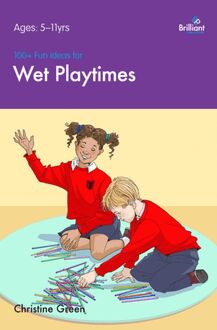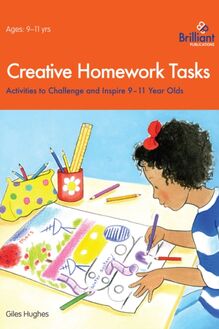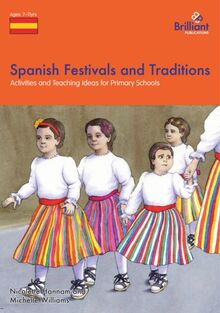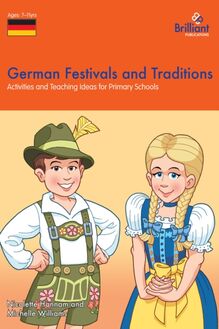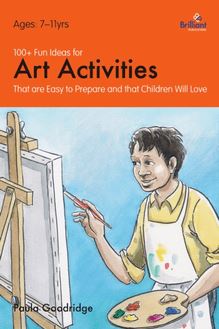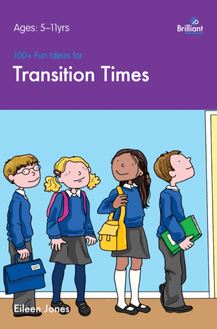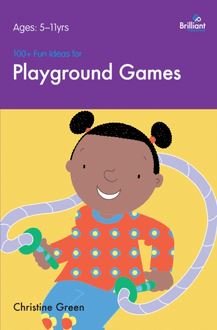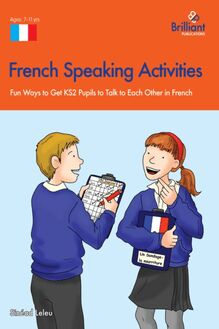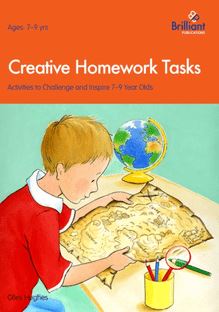German Pen Pals Made Easy KS3 , livre ebook
86
pages
English
Ebooks
2012
Vous pourrez modifier la taille du texte de cet ouvrage
Obtenez un accès à la bibliothèque pour le consulter en ligne En savoir plus
Découvre YouScribe en t'inscrivant gratuitement
Découvre YouScribe en t'inscrivant gratuitement
86
pages
English
Ebooks
2012
Vous pourrez modifier la taille du texte de cet ouvrage
Obtenez un accès à la bibliothèque pour le consulter en ligne En savoir plus
Publié par
Date de parution
04 décembre 2012
Nombre de lectures
3
EAN13
9780857475589
Langue
English
Publié par
Date de parution
04 décembre 2012
Nombre de lectures
3
EAN13
9780857475589
Langue
English
Title page
German Pen Pals Made Easy
A Fun Way to Write German and Make a New Friend
Sinéad Leleu and Michaela Greck-Ismair
Copyright page
Originally published by Brilliant Publications
Unit 10
Sparrow Hall Farm
Edlesborough
Dunstable
Bedfordshire
LU6 2ES, UK
Website: www.brilliantpublications.co.uk
General information enquiries:
Tel: 01525 222292
The name Brilliant Publications and the logo are registered trademarks.
Written by Sinéad Leleu
Illustrated by James Walmesley
© Text Sinéad Leleu and Michaela Greck-Ismair 2008
© design Brilliant Publications 2008
First printed and published in the UK in 2010.
2012 digital version by Andrews UK Limited
www.andrewsuk.com
The right of Sinéad Leleu and Michaela Greck-Ismair to be identified as the authors of this work has been asserted by themselves in accordance with the Copyright, Designs and Patents Act 1988.
Introduction
In this era of technology, we MFL teachers are spoilt with an excellent array of resource material. Interactive CD-Roms, DVDs, Internet sites … you name it, we use them all. The main aim of all this is that, one day, our pupils will be able to communicate with other MFL speakers through our chosen language. In my own classes, this ‘one day’ is now. This, we do, through pen-pal correspondence.
My experience has shown me that, despite regularly introducing a variety of resources into my classes, rarely a class begins without a pupil asking ‘Have our letters arrived yet?’ ‘Noch nicht’ is met with disappointment whereas ‘Ja’ is met with great excitement and delight. My pupils are unwaveringly eager to reply. This may seem like a daunting task to the less-confident or the time-strapped teacher but …
For the teacher, German Pen Pals Made Easy : Does not require fluency Is time-saving – little or no preparation is required Links with the KS3 Programme of Study Has inherent cross-curricular links to geography, art and ICT Supplements, consolidates and revises course work
For the pupil, German Pen Pals Made Easy : Is easy to follow. The method used is gap-filling as opposed to giving pupils the daunting task of beginning with a blank page Is realistic. The pupil realizes that German can be used for real-life communication and not just in an artificial situation Instils confidence. They can communicate effectively at a basic level Helps foster positive attitudes towards foreign language learning Facilitates intercultural understanding. The pupil can learn about German culture through a German peer … and of course, it is fun and a wonderful way to make a new friend. (I should know as I have had the same two pen pals for over 25 years!)
Tips for the teacher
Where to find pen pals
1. There are many websites to help you to find a German-speaking class to correspond with, for example: www.epals.com www.globalgateway.org www.etwinning.net www.ipf.net.au (small fee)
If you have the option of choosing a country, do not forget other countries where you can find German-speaking schools such as Austria and Switzerland.
2. If your town is twinned with a German town, you could contact their ‘Grundschule (ages 6–9 approx), ‘Hauptschule’ (ages 10–14 approx), ‘Realschule’ (ages 10–15 approx), or ‘Gymnasium’ (ages 10–18 approx).
Checklist for you and your German-speaking counterpart
1. Confirm with your German-speaking counterpart that your pupils will write in German and decide whether the replies will be in English or German.
2. Decide which class will write first.
3. Decide how you are going to pair the pupils. Either one of the teachers decides or the pupils in the class that receives the first letters decide. It is a good idea to make a note of the pairs immediately as some pupils will not remember their pen pal’s name. Unless you find a class with the exact same number of pupils, some pupils will have to write two letters.
4. Discuss the expected frequency of your letters. This depends on the school calendar, workload and enthusiasm. Be careful to decide on realistic deadlines. It is a good idea to take one term at a time.
5. Agree on the themes for the term ahead. Take into consideration seasonal events such as Christmas, Hallowe’en and local festivals.
Before pupils begin
1. Before pupils begin to write a letter, it is paramount to have covered the relevant language orally. Remember: h ear it, say it, see it, write it .
2. Introduce letter writing with a sample letter written on the board, chart or overhead projector. You could use the letter for Unit 1, ‘Ich stelle mich vor’; this letter can also be downloaded from our website so you can display it on a whiteboard:
www.brilliantpublications.co.uk/pdfs/1043.pdf.
Highlight the five main parts of the letter: the heading, which includes the town and date the greeting the body of the letter the closing greeting the signature
3. Before pupils begin their first letter, explain to them how to use German Pen Pals Made Easy : Point out that pupils must first fill in the blanks and circle where there is a choice. Using imaginary details or those of a pupil in the class, go through the letter line-by-line. Complete and circle where necessary. See what pupils can come up with themselves before referring to the ‘Zusätzliche Vokabeln’ section. Write out the entire letter on the board. Explain to pupils that they will need to write a draft into their German workbooks. Tell pupils that you will then correct their draft letters before they write their final letters.
Writing your first letter
1. Having explained how to use German Pen Pals Made Easy , give each pupil the German template letter for ‘Ich stelle mich vor’. Depending on the class level and time, some teachers will prefer to only give certain sections of the unit. For example, if your class has a good level of German, you may prefer not to hand out the English template. However, if unfinished letters are given as homework, it is advisable to give all four pages of the unit. As the templates and vocabulary are bilingual, parents/guardians will feel comfortable helping.
2. If you give the English template, point out to your pupils that they are not word-for-word translations. It is the ideas that are translated.
3. Once you have corrected the pupils’ drafts, they should write their letters out neatly to send to their pen pals. Using personalized stationery can help to make their letters special. Allow the pupils to choose this for themselves.
4. If pupils wish to include attachments such as postcards, photos, drawings etc, make sure that they are either stapled or stuck to the letter or that each pupil has their own individual envelope.
As you move on
1. As soon as you receive your first replies, get your pupils to stick their letters into their German workbooks or put them into their German folders.
2. German Pen Pals Made Easy is flexible so, with the exception of the first unit (Ich stelle mich vor), the units may be used in any order.
3. At the beginning of the correspondence, it will be easier for pupils to stick to the template letter. However, as many pupils become more competent, encourage them to change the order of the body of the letter. Weaker pupils can continue to stick to the template letter whereas stronger pupils can use the template letter as a ‘springboard’.
4. You can give the class as a whole a choice of topics to choose from. Alternate the choice between the two corresponding classes.
5. To vary the correspondence, you could use other means such as recorded messages on CD, tape, DVD or video.
6. Do not allow pupils to give their home address or telephone number (or email if you are using snail-mail) until the correspondence is well-established.
Class projects
Class projects are an excellent way to vary class correspondence. The units ‘Meine Schule’, ‘Wo ich lebe’ and ‘Weihnachtszeit’ are particularly suitable. The projects can be done in English with an English–German glossary. The class can be divided into small groups and given one section each. Include drawings, photos, posters, videos, DVDs, CDs, brochures etc. A class project can be sent along with individual letters or in the place of individual letters. If you have any festivals particular to where you live, this would also be interesting for your pen pals.
Here are some ideas for things that could be included in the class projects:
Meine Schule our class timetable after-school activities school dinners our uniform our school building our teachers our school crest history of our school
Wo ich lebe history a map landmark(s) festivals and celebrations clubs/activities for children food specialities local heroes and/or famous people traditional music languages and dialect
Weihnachtszeit Christmas food Christmas tree and decorations Christmas crackers A typical Christmas carol Christmas card-giving tradition Christmas stockings and gift-offering tradition 12 Days of Christmas Pantomimes
Classroom ideas
1. As soon as you receive your first replies, set up a ‘pen pal corner’ in your classroom. You can include a map of Europe, the world or the country of your pen pals, indicating where they live. You can also make flags of their country and your country. As the correspondence moves along, you can include anything that you or the pupils find interesting, such as traditio
